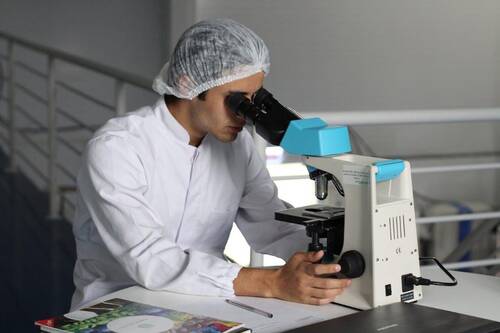Managing a laboratory isn’t an easy task.
Whether it’s a clinical lab handling patient samples or a research lab working on cutting-edge science, efficiency and compliance are top priorities.
Every day, lab managers are faced with challenges like maintaining accurate records, keeping staff trained, and ensuring regulatory standards are met.
Without the right management practices, things can quickly go off track.
But with some straightforward strategies, running a lab smoothly is entirely possible.
The Importance of Standard Operating Procedures (SOPs)
At the heart of every well-managed lab are Standard Operating Procedures (SOPs). These aren't just bureaucratic paperwork—they’re the blueprint for everything the lab does.
SOPs provide clear instructions for routine tasks, ensuring everyone on the team knows exactly what to do, step by step. This consistency helps minimize errors, reduces confusion, and speeds up processes.
For example, when handling hazardous materials, SOPs make sure the staff follows the same safety protocol every time, lowering the chance of accidents.
Well-written SOPs also make training new employees faster and smoother. A new technician, for example, can easily follow the steps laid out for preparing samples or calibrating equipment. This way, they can get up to speed without constantly asking for help or causing disruptions.
Plus, when regulators come knocking, having clear, updated SOPs can make inspections a breeze. It shows that the lab is organized, compliant, and serious about quality.
But here’s the thing—
SOPs aren’t a one-and-done deal. They need regular review and updates. As technology and techniques evolve, so should the procedures. Sticking to outdated SOPs can slow a lab down or lead to mistakes.
Regular audits and staff feedback sessions can help identify where updates are needed. In short, SOPs keep the lab running like a well-oiled machine.
(more…)


